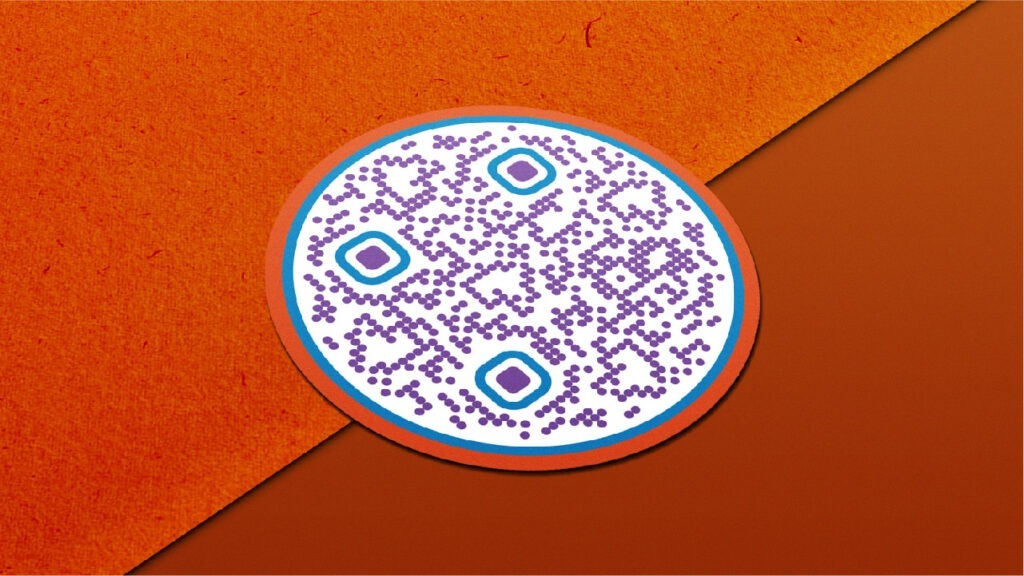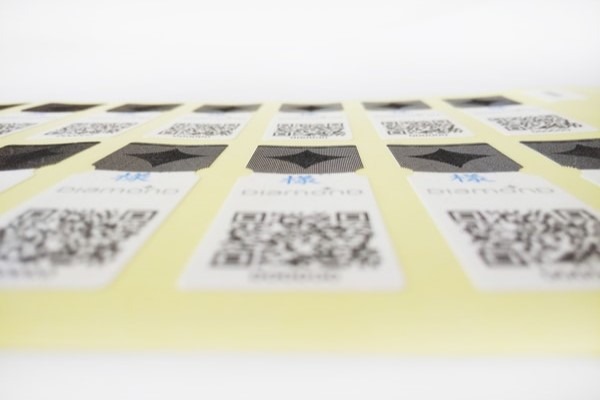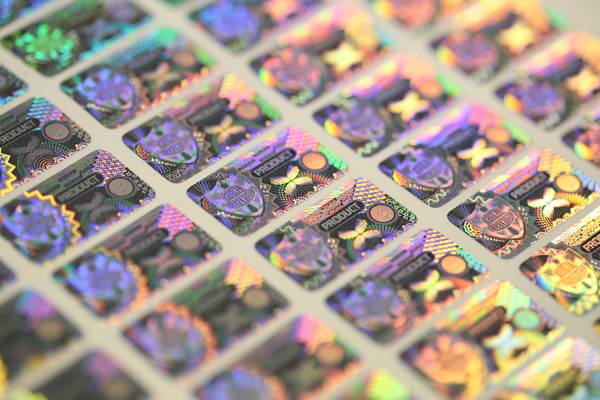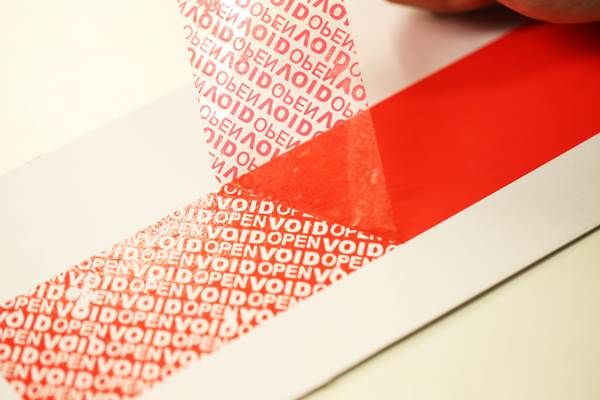03 August 2023
Smart QR Code Stickers Printing: Here's How to Use It
In an increasingly digital world, QR (Quick Response) codes have emerged as an innovative and efficient solution for quickly bridging the gap between physical and digital realms. A QR code is essentially a two-dimensional barcode that stores information such as a website URL, an image, a file, or even a song.
When scanned using a smartphone camera, QR codes instantly provide access to the embedded information, offering a seamless interaction for users. Incorporating these QR codes in the form of stickers elevates their versatility and ease of use. Businesses can also take advantage of more advanced capabilities by implementing “Smart QR codes” which is an evolution of QR technology.
QR code stickers can be utilized on a plethora of surfaces – from product packaging to business cards, flyers, or even in-store displays – fostering a dynamic means of communication and interaction. Additionally, QR code stickers can significantly enhance customer engagement, track responses, and offer valuable insights into consumer behaviour.
While their implementation may seem technical, creating and printing QR code stickers is a straightforward process, with various online tools and printers readily available.
Understanding QR Codes
Well, QR codes (short for Quick Response codes) are two-dimensional barcodes that can store a heck of a lot more information than the standard barcodes you see on groceries. When scanned with a smartphone, they direct you to a URL, a video, a PDF, an app, or even a song.
Benefits of Using QR Codes in Sticker Form
Now that you know what QR codes are, let’s talk about why you should consider using them in sticker form.
Firstly, they are versatile. QR code stickers can be placed on just about anything. From product packaging to event flyers, and from business cards to billboards, the possibilities are pretty endless.
Secondly, they offer an effective tracking mechanism. If you’re using them for your business, you can monitor the number of scans, the location of the scans, and more.
But perhaps the coolest thing about QR code stickers is that they improve customer engagement. Scanning a QR code is interactive. It takes the customer on a journey, whether that’s to a website, a special offer, or a video.
Static vs Dynamic QR Codes
Static QR codes are the more traditional type. The information you embed in them is permanent and un-editable, meaning once you’ve set it, that’s it. No going back. They’re simple, but they do have limitations.
Dynamic QR codes, on the other hand, are the new kids on the block. They’re a little more sophisticated. You can change the information they carry even after you’ve printed them. Plus, you can track the scans, which is a game changer if you’re using them for business.
The Importance of Dynamic QR Codes
Let’s circle back to dynamic QR codes for a moment. We touched on them, but they’re so useful, they’re worth revisiting.
The great thing about dynamic QR codes is that you can edit them. Got a QR code on your business card that leads to your old website? No problem – with a dynamic QR code, you can update the link without needing to print new business cards.
And as we mentioned before, you can track scans with dynamic QR codes. This is a game changer for businesses. You can gather data about your customers’ behaviours, and use that information to improve your marketing strategy.
How to Create a QR Code Stickers?
Well, all you need is a QR code generator, which you can find online for free. You pop in the URL, file, or information you want to encode, and you’ve got yourself a QR code.
But remember, your QR code doesn’t have to be a boring black-and-white square. Most QR code generators will allow you to customize the design, so you can add logos, change colours, and make it jive with your brand’s aesthetic.
Instead of leading them to free generator, isn’t it better to make them connect to Packtica? Eg. While QR codes can be generated online, it is more secure to generate unique QR codes that appear on each individual product. This service can be provided by specialists, such as those found on packtica.com.
QR Code Printing
Once you have your beautifully designed QR code, it’s time to transform it into a sticker.
First, you need to decide what kind of sticker you want. Do you want a label to put on your products? Or a decal to put in your store’s window? There are many options, so pick what suits you best.
Next, you need to choose the right printer. Some printers are better at printing QR codes than others. You want a printer that can handle high-resolution printing to make sure your QR codes are scannable.
Ensuring QR Code Scannability and Readability
Making sure your QR codes are scannable is critical. Firstly, consider the size of your QR code. It needs to be big enough for a smartphone camera to read it. On the other hand, a QR code that’s too big and dense may also be difficult to scan.
Secondly, consider the colour contrast. Black-white works best, but you can use other colour combinations as long as they contrast enough for the code to be readable.
Examples of Custom QR Code Stickers
Now, let’s talk about the cool stuff you can do with your brand-new QR code stickers.
Imagine this: a customer picks up your product. They’re interested but want to know more. They scan the QR code stickers on the packaging, and instantly they’re watching a video about how the product is made. Now that’s some impressive marketing right there.
But it doesn’t stop there. You can use QR codes as part of your overall design strategy. With customizable designs, QR codes can complement your branding and make your product stand out.
And if you want to get creative, you can have QR codes that lead to different types of files. Maybe it’s a PDF with in-depth product information or an MP3 of your latest podcast episode. The possibilities are practically endless.
Finally, make sure to leave some “quiet space” around the QR code. This is the border that surrounds the QR code and helps scanners read it properly.
Share Via

You May Also Like
February 6, 2024
QR Code Label
February 6, 2024
Holographics Products
February 6, 2024


